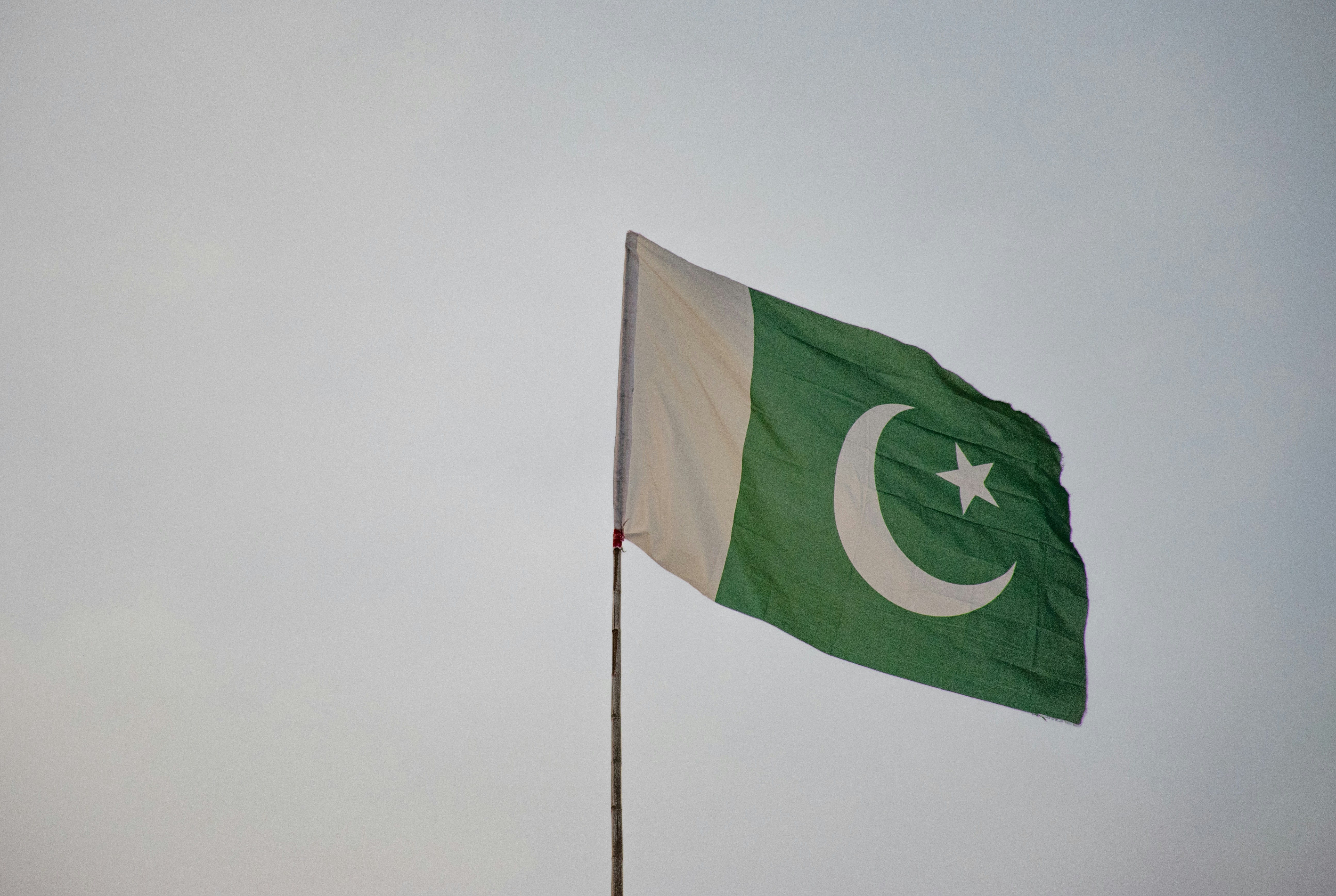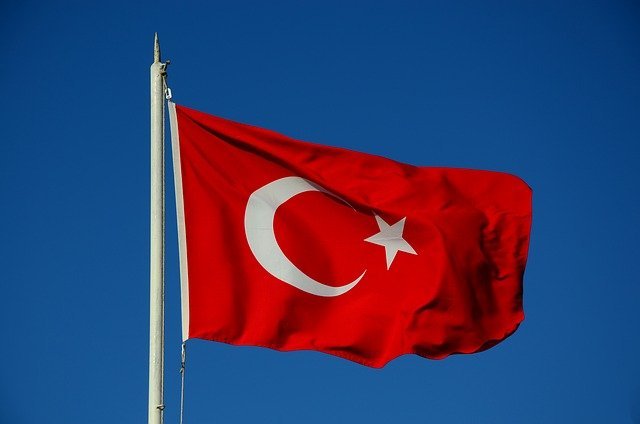Book Name:
Pakistan and a World in Disorder : A Grand Strategy for the Twenty-First Century
Author:
Javid Husain
Please note that this article may contain affiliate links!!!!
Pakistan with a 250 million population having an area of 882000 square kilometers is the second largest South Asian country by area. With its independence from the United Kingdom in 1947, Pakistan has been an important ally of the West and the US throughout the Cold War period.
The rising players in world politics and the continuing shifts and changes in the dynamics of international relations have almost thrown the World into chaos and disorder. In such ebbs and tides, charting a well-signed and well-lined course for Pakistan is rather hard but not impossible.
Also Read; Private vs Collective, property in chaotic Afghanistan
With a major Muslim population created for South Asian Muslims, Pakistan’s foreign and domestic policies have always been a mixture of emotionalism, bigotry, and short-lived populism making it hard for the country to pursue a realistic and to-the-ground policy.
The book in discussion analyses the reasons and factors what and why Pakistan should do in the tumultuous waters of International relations and politics.
The Grand Strategy of a Nation is more comprehensive and elaborative than those of the military one. It is more detailed, focused, and long-term, including every aspect of national power and dimensions for the accomplishment of this National Grand Strategy or Vision.
Also Read; Bringing peace in a technical way
Some quick handy examples of the National Grand Strategy that come to mind are the Policy of Containment of Communism, Allie’s decision in WW2 to rout out Nazi Germany, and President Monroe’s policy of Isolationism or Monroe doctrine.
1. The first introductory chapter backgrounds why there is a tilted approach in the policy formulation and organization of Pakistan. The four prolonged spells of martial law, of General Ayub Khan, General Yahya Khan, General Ziaul Haq, and General Musharraf, naturally gave more sway and power to the military than to civilian ones.
2. The end of the Cold War was viewed as a harbinger of a new era where there would be no bloc politics and small and developing countries would not be cowed into joining one bloc or another. But the outcome was something unusual and more harsh than was expected. The unipolar world led by the US and West cared less for the UN and more for their national interests!
In such a scenario balancing, formulating and charting a grand strategy for Pakistan is going to be a rope-walker-stunt. Unbalancing or distraction of any slight factor may have some serious repercussions for it.
Also Read; Pakistan, a hard and diverse country
3. Deng Xiaoping could be cited as the architect of the stupendous growth of China. His policy to strategize for the economic boom along the market lines for China made it a dominant player in international politics in the last four decades.
Pakistan being an immediate neighbor of Beijing could not easily or fully ignore the value of China which has good-bad relations both with Washington and New Delhi.
4. India may be referred to as the major element for the dominance of the military presence both in its expenditure and policy formulation of Islamabad. Right from their independence in 1947 till now they have had hostile relations warring and making nuclear bombs for each other.
The Kashmir dispute could be pinned out as the main thorn in their thorny bilateral relations. In such a situation devising a Grand Strategy vis-a-vis India for Pakistan is a matter of survival for it.
5. It is both logical and sane to have good neighborly relations with one’s neighbors. And it is more beneficial when all countries in the same geography and region have peaceful and cooperative relations among themselves. EU is often quoted as a successful example of geographical bilateralism and multilateralism.
This may hold for all other regions, too. Though the regional, cultural, and political variance may be at work and may torpedo it. As for Pakistan and India’s sore relations, it is an unrealistic dream.
Also Read; Drifting foreign policy of India
However, ECO as an organization with too much potential may serve both as a strategic and economic boon to Pakistan in comparison to SAARC. Where India and Pakistan tussle more often spoils the objective of SAARC.
6. Afghanistan is the immediate neighbor of Pakistan sharing so many common ties with it that the separation of one country from another is rather impossible. The formal handling of Afghanistan security to the Afghan National Army by ISAF in 2014 has raised threats also for Pakistan which was facing insurgency and turmoil in its western part.
The solution would have to be found by the Afghans themselves. Pakistan along with other neighbours of Afghanistan could assist Kabul in this peace. Iran having ethnic, historical and religious ties both with Pakistan and Afghanistan could be an important player in bringing peace to this war-ravaged country.
6. Pre-1979 relations between Islamabad and Tehran were more cordial and loving than those after the 1979 Revolution. The main hurdles are their differing viewpoints on Afghanistan, sectarianism, and the US influence in the region and on Pakistan. The 2015 Nuclear deal between Iran and the West may allow Islamabad and Tehran to mend their way for a better future. Especially Iran’s grievances and views on the influence of the West and the US in this region.
6. Communication blockade whether of any type would surely lead to further blockades and misperceptions of all types. Xenophobia and Islamophobia are the end products of this communication blockade and shortage. Proper, well-understood, defined, and precise communication between the West and the Muslim world may remove many cobwebs for both sides.
7. The foreign policy of Pakistan’s journey is a roller coaster lacking any exact and pointed direction for a major part of the country’s life. The ruling elite followed more the sentimental and populist path than that of a balanced and organized one. The foreign policy of a country is a thing that needs a more exact and mathematical-like calculation instead of emotionalism and populism.
8. The national security of a country is multidimensional. Pakistan national security planners in past mainly focused on the territorial and military aspects leaving or at least relegating others to the backyard. While comprehensive national security includes every paradigm within itself. May it be a social, political or economic one, all are included and considered in the comprehensive national security of the country.
9. Pakistan must adopt a Comprehensive Grand Strategy for itself. Only looking at one side while ignoring or leaving the other may have a heavy cost on it. A strong military force without proper economic, scientific or social footing would not be as effective as a country that has all these foundations for its growth and survival.
The 226-page book would give a new window to look at the foreign policy of Pakistan for analysis and amending for a better and more peaceful future of the country.



